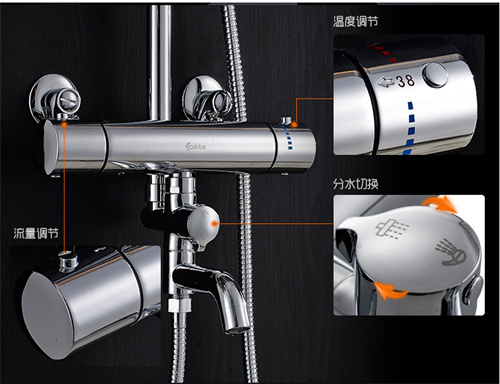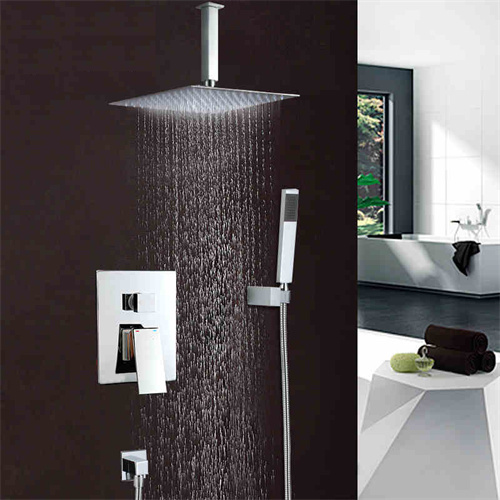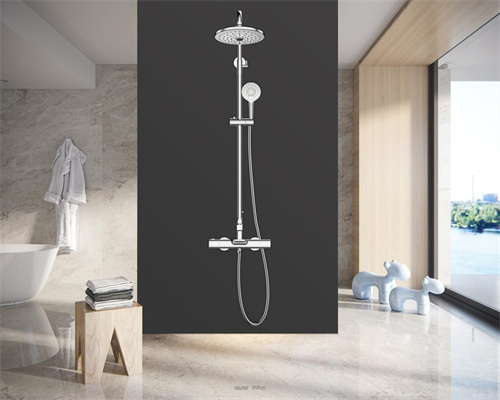Welcome To Hawkrown Professional
Are You Visiting As A Business Buyer (wholesaler/retailer) Or A Homeowner?
Business Buyer
Continue Here >Homeowner
Shop Retail Store >
Home / Blog Center / Chargers / Why You Should Consider a Thermostatic Shower Over a Non-Thermostatic One
16/12/2024 | Hawkrown
Modern popular showerheads come in two types: thermostatic and non-thermostatic, each with differences in price and performance that can make choosing between them difficult. Let's take a look at the key differences between thermostatic and non-thermostatic showerheads.
Key Differences Between Thermostatic and Non-Thermostatic Showerheads
1. Temperature Setting
Thermostatic showerheads allow users to set the water temperature independently. Regardless of environmental changes, the water temperature remains constant at the preset level. On the other hand, non-thermostatic showerheads have water temperatures that can vary with environmental factors, leading to a fluctuating experience of hot and cold water, which can be uncomfortable.

2. Safety Factors
Non-thermostatic showerheads do not lock in the temperature; they cannot maintain the comfortable, constant water temperature that users desire. In contrast, thermostatic showerheads are equipped with safety protection buttons to prevent unsafe incidents, such as sudden temperature spikes that could scald users. This makes thermostatic showerheads more appealing, especially for families with elderly members and children, enhancing the overall showering experience.

3. Scale Buildup
If the water quality at home is poor, non-thermostatic showerheads will accumulate scale over time, affecting their normal use. However, with thermostatic showerheads, there is no need to worry about this issue. The valve core surface of thermostatic showerheads is specially treated to ensure the constant temperature function, preventing scale buildup.
4. Price Differences
Thermostatic showerheads, with their wider range of functions and stable temperature, are generally priced higher compared to non-thermostatic ones. Non-thermostatic showerheads may have slightly higher water pressure and are typically more affordable.

II. Usage Considerations for Thermostatic Showerheads
1. After each use, adjust the left temperature control to below 40°C.
2. Thermostatic showerheads are not suitable for water supplies containing small hard particles, as these can block the system and affect temperature regulation.
3. Soft foreign objects in the water supply can reduce the sensitivity of the thermostatic valve core and adversely affect the showerhead's lifespan.
4. Minimize the distance between the showerhead and the faucet so that hot water reaches the faucet more quickly.

Conclusion:This article has provided an overview of the differences between thermostatic and non-thermostatic showerheads. We hope this information is helpful to you.
Are You Visiting As A Business Buyer (wholesaler/retailer) Or A Homeowner?
Business Buyer
Continue Here >Homeowner
Shop Retail Store >